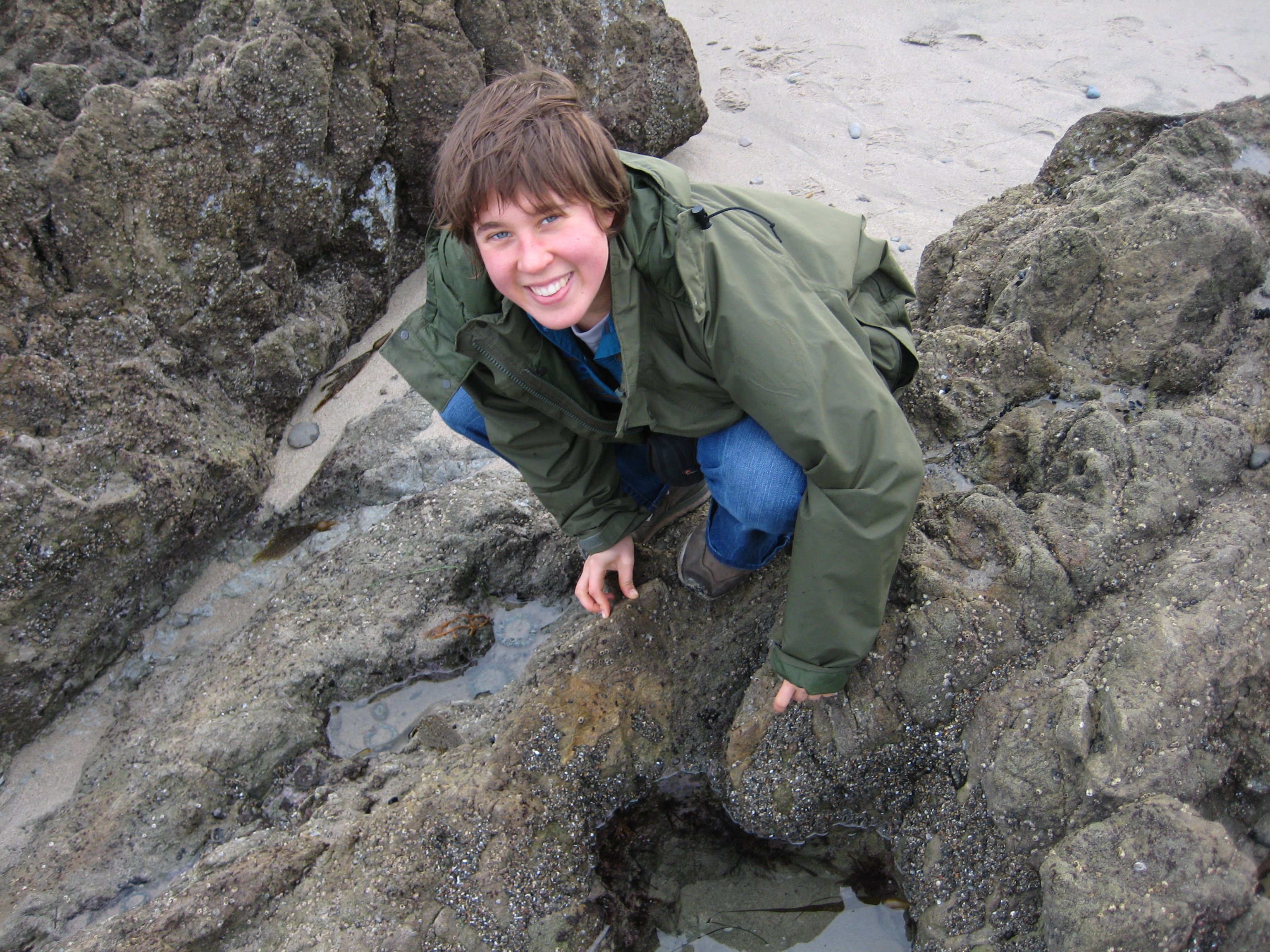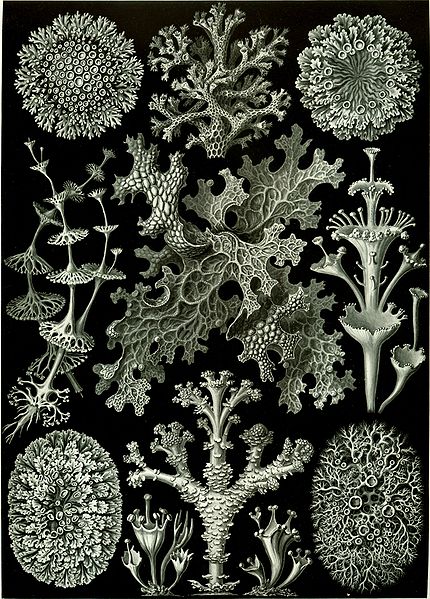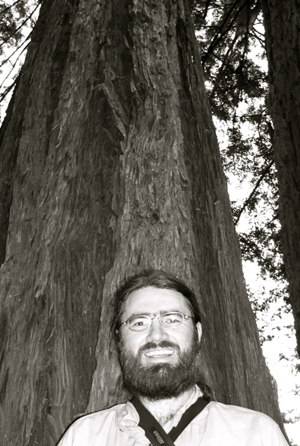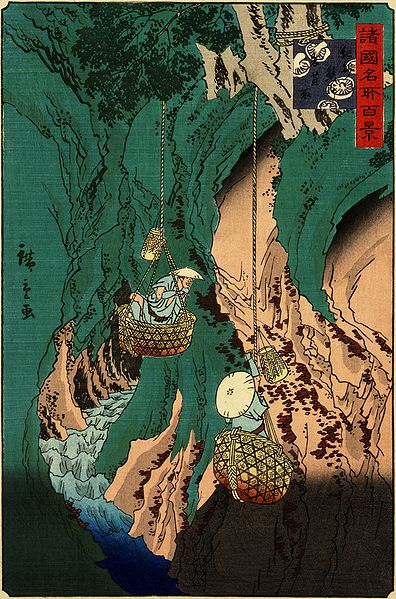Professor Chris Still notified the editor about grad student Sara Baguskas’ award(s), commenting: “I believe Sara is the first student in the department’s history to receive this Fellowship. In addition, she has also won a Mathias Graduate Student Research Grant from the UC Natural Reserve System and received an honorable mention for the Grant A. Harris Research Instrument Fellowship from Decagon Devices. And she is still in her 1st year of graduate study!” Sara provided the following information:
I am honored to be the recipient of the UCSB Olivia Long Converse Fellowship for 2009-10. About the award: Converse was born on November 23 (a day before me), 1898. She was a California native and, while a resident of Santa Barbara, CA, she spent most of her adult life in Mexico working on botanical surveys. She melded the worlds of art and science through her many drawings of the plants in the field. I was delighted to learn about this aspect of her work because I too value the use of drawing to record personal observations of nature. Over the course of her botanical studies, Converse became interested in pre-Columbian uses of plants. For each plant she (or other botanists) identified, she gave its Nahuatl (Aztec) name and botanical name. Additionally, she provided information in her notes on its native habitat, history of introduction if it was not native, and medicinal or other uses. I am inspired by her dedication to exploring the botany of Mexico and look forward to my own studies in unfamiliar territory. Her collections and drawings can be found at the Cheadle Center for Biodiversity and Ecological Restoration on the UCSB campus.
About my proposed study: I am interested in studying the ecological implications of lichen-fog interactions. My goals for this particular project are two-fold: 1) to investigate the role of lichen species as ‘fog harvesters’ in the coastal fog deserts of Baja California, Mexico and, 2) assess how and whether fog-drip from lichens impacts the water budget of the ecosystem. This study question is set within the larger context of possible changes in the coastal fog regime (spatial and temporal distribution) along the Baja coast as the climate warms. This project will couple my fog-based studies on Santa Cruz Island, CA.
About me: I developed my interest in lichens as a college student at Lewis & Clark College in Portland, Oregon. I attended a lichen workshop for a weekend in an ancient forest, and need I say more, the world of lichens unfolded. My initial interest in lichen-fog interactions was motivated by a personal observation while on Santa Cruz Island (I was still in college at the time) of lichens beading up with fog-water. I tucked this observation in my back pocket. I met Dr. Christopher Still at the Rocky Mountain Biological Lab in Gothic, CO where he presented his work on the importance of fog in the Bishop Pine forest on SCI. I ran up to him after his talk to share this lichen-fog observation and he was interested. As I complete my first year of graduate school in the MA/PhD program, I can say the experience getting here was quite serendipitous. I look forward to the constructive feedback from the members of the community as I shape my research objectives and plans.
I love hiking and poking around new places. I have taken to surfing and am a proud owner of a gigantic and heavy long-board. I love NPR and coffee on Sundays. I get excited about art projects. I entered the chili contest last week and have to thank a number of geog/icess grad students for the votes (didn’t win—thanks anyway).






